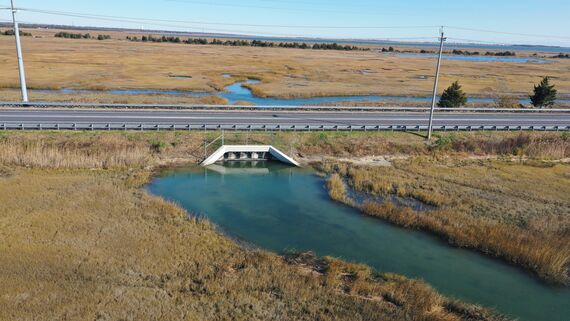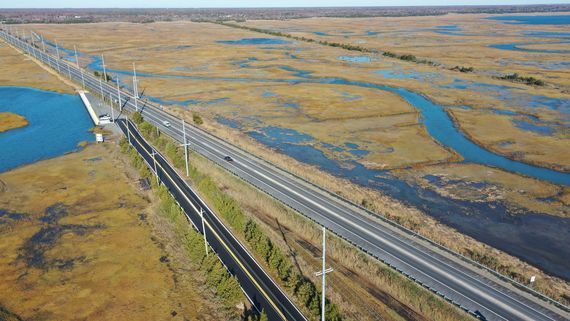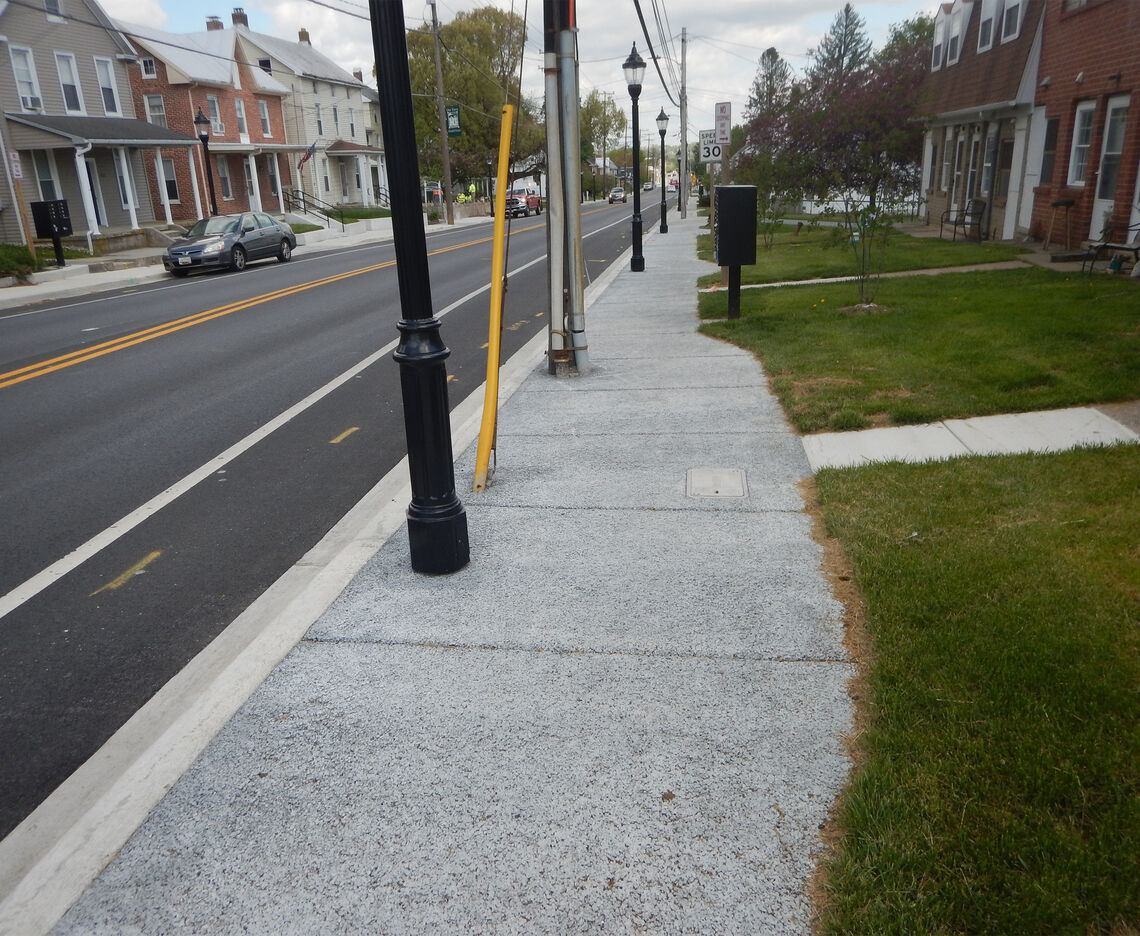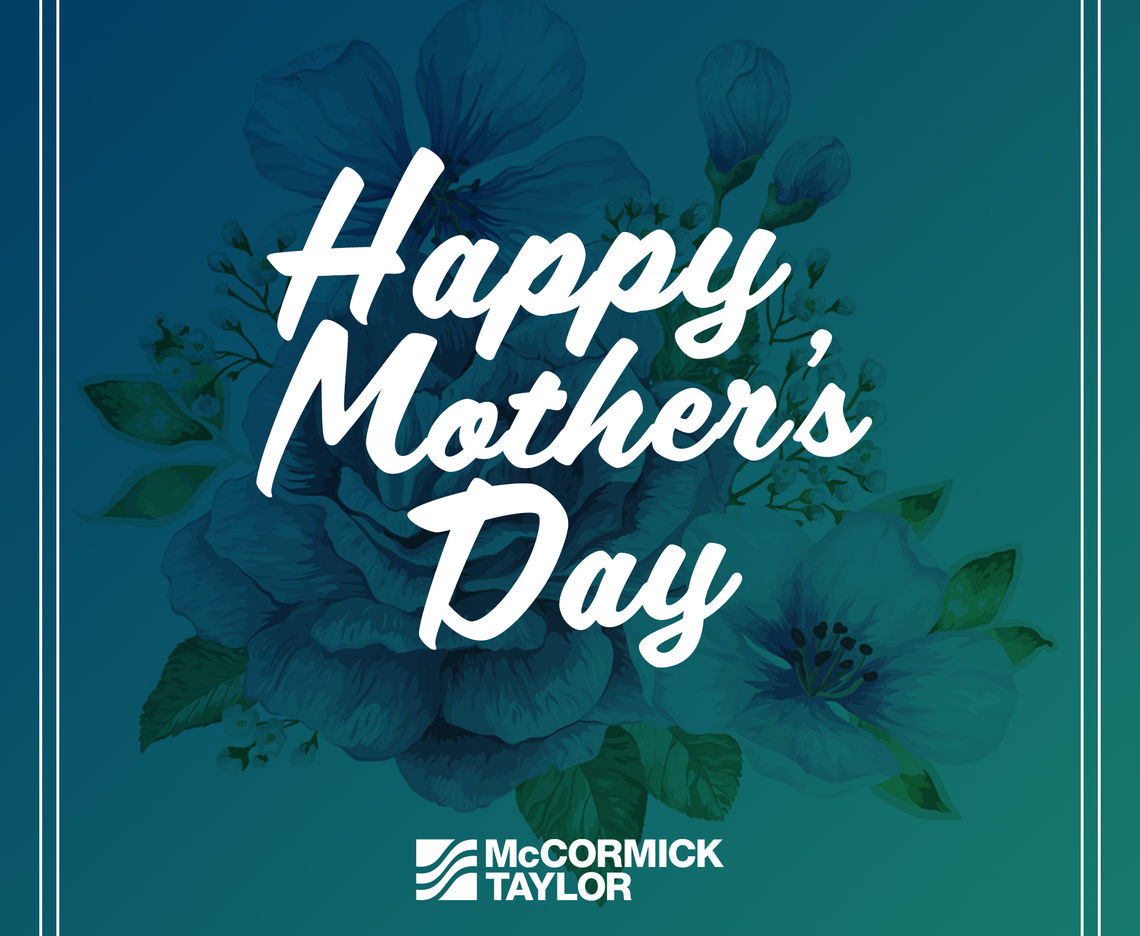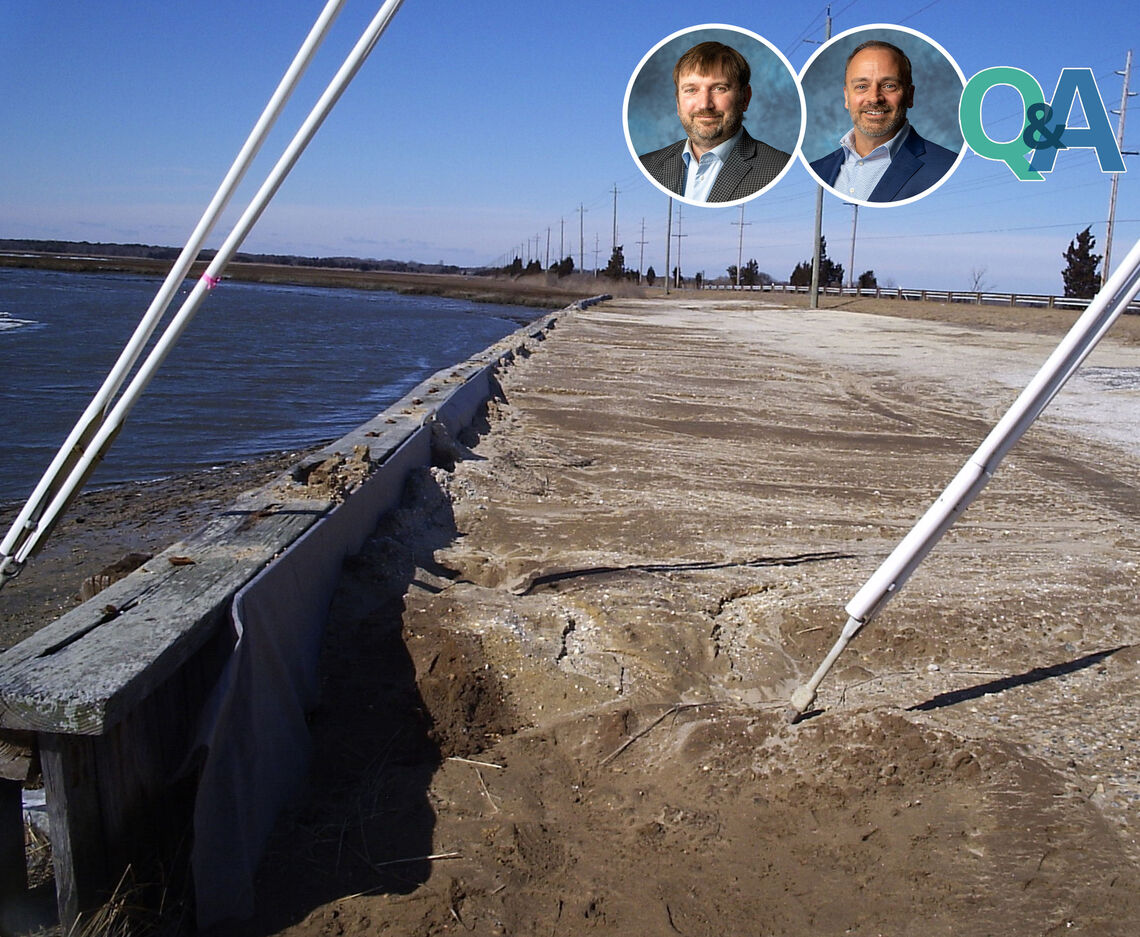
RESILIENCY, PART 1 - CHALLENGES COMMUNITIES FACE
Each year, communities are increasingly facing challenges presented by climate change. Rising sea levels and an increased intensity and frequency of weather events are impacting the surrounding infrastructure and ecosystem in various ways. States and local governments are working to adapt, modify, and mitigate to make their communities more resilient.
To explore the topic of resiliency further, we’ve interviewed McCormick Taylor’s Director of Environmental Services and Certified Climate Change Professional, Scott Lowe; and Director of Water Resources, Chris Brooks, PE. We will share their perspective in a three-part series of blog posts covering the challenges communities face, opportunities for resiliency, and benefits and goals for the future. We begin with the Resiliency Challenges Communities Face.
What are the most common challenges climate change is causing in our coastal communities?
Scott: Nuisance flooding can impact coastal residents at any time, and the anticipation of impacts from large storms and hurricanes can create a level of anxiety that is unsettling. The increase in rainfall intensity combined with longer drought conditions is likely to stress vegetation and diminish the ability of coastal vegetation to provide filtering, carbon sequestration, and erosion resistance functions. Additional flooding and intense storms are likely to change the appearance and limit the use of areas historically considered places of relaxation and refuge. Long-time residents and visitors are likely to experience difficult emotions in response to these changes.
Chris: The most extreme examples, of course, are the ones you see on the news: coastal homes and roads being lost to the tide during extreme storm events of increasing frequency, with the challenge being to prevent such impacts. But there are more subtle and frequent events that fly under the radar of those not directly impacted, sunny-day, or “king” tide impacts as one example. These are the frequent, higher tide events that occur several to dozens of times a year due to lunar cycles, offshore wind patterns and the like combined with sea level rise. Since the coastal / waterfront interface with the community is often its greatest value, implementation of barriers to these impacts can be extensive in terms of cost, property, and environmental impact, as well as the visual impact on the community. We tend to search for win-win solutions that benefit both the environment and the community, but this is particularly challenging in areas of heavy existing development.

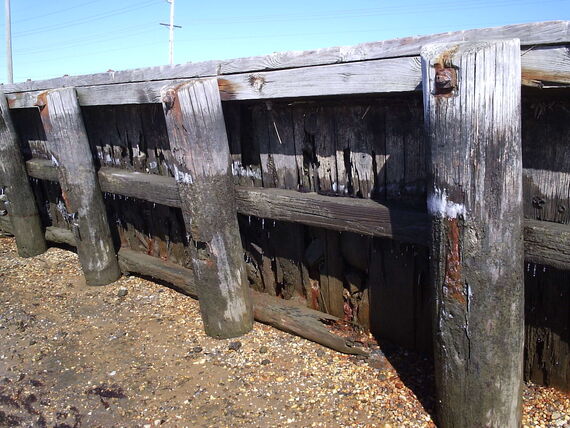
What does resiliency mean to you?
Scott: Resiliency is the ability to withstand adverse conditions and situations. When facing the uncertainty of future climate conditions, resiliency is needed to prepare our communities for increased amounts and durations of excessive heat and water. We will need to change the way we build, travel, and live to withstand the changing conditions.
Chris: By its definition, it represents something that will ‘bounce back’ from an impact. For infrastructure, this means it will withstand an excessive impact without needing to be reconstructed or is otherwise designed to handle an excessive load, such as an extreme flood or heat wave temperatures.
How can a lack of resilient infrastructure affect communities and the environment?
Scott: People will need the ability to avoid areas of high water and have access to critical services and resources during dangerous weather conditions. If communities or homes become isolated, lives are at risk. Maintaining resilient infrastructure is critical for public safety. Reconstruction of damaged or destroyed infrastructure will increase in expense and may become uninsurable.
Chris: The lack of resilient infrastructure can ultimately influence insurance costs, insurability, and associated real estate values where impacts are frequent or severe. In a more extreme example, as we are seeing in portions of islands and low-lying areas on the Chesapeake Bay, there are coastal communities that may become uninhabitable before the end of this century without extensive investment. As there is intense competition with more economically vibrant communities for resiliency funding, this can be particularly challenging in more rural coastal areas.
